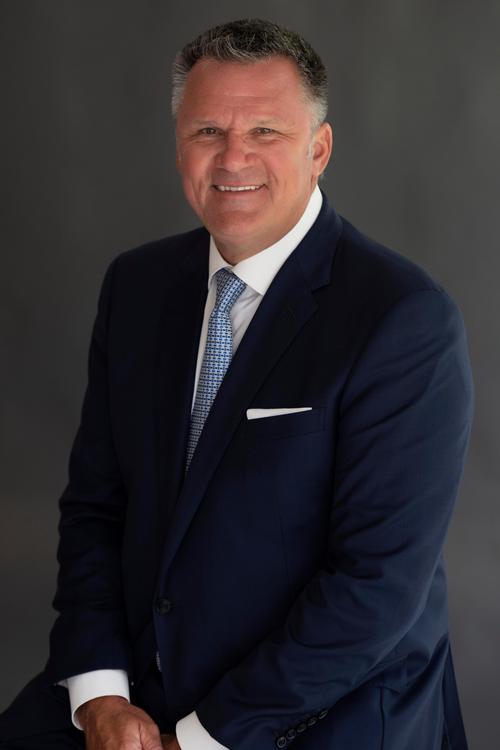Although the Department of Defense grant emphasized a battlefield ready system, researchers hope that the technology can be used by emergency personnel too. It would help them on the sidelines of a sporting event, the most common places for mild TBI to occur, to be able to inform a player that sustained a blow to the head whether the injury requires immediate follow-up. If the research team is able to successfully develop the new diagnostic techniques, they could help physicians better diagnose TBI. Improved diagnosis could then equip doctors with better tools to optimize the management of the injury and refine the prognosis.
This research is leading the way to a better diagnosis of traumatic brain injuries. With better imaging and more advanced technology, traumatic brain injuries can be treated more effectively and efficiently.
Have You Suffered A Traumatic Brain Injury (TBI)?
If you've suffered a Traumatic Brain Injury you should speak with a TBI lawyer as soon as possible. Contact us online or call our Charleston, South Carolina office directly at 843.488.2359 to schedule your consultation. We are also able to meet clients at our Conway, Myrtle Beach, Murrells Inlet, Mt. Pleasant, North Myrtle Beach or North Charleston office locations.

 With 2.1 million injuries and 50,000 deaths annually in the United States,
With 2.1 million injuries and 50,000 deaths annually in the United States, 